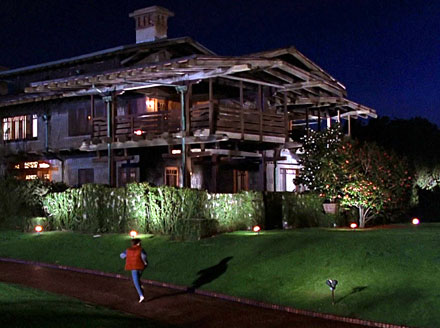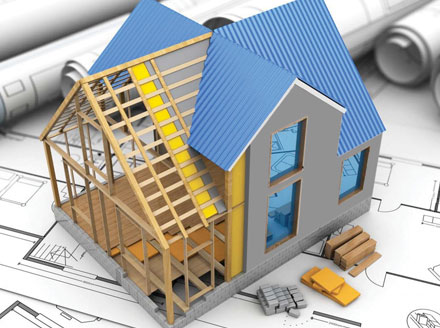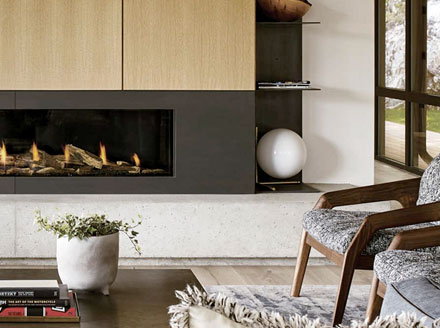Share This Post:
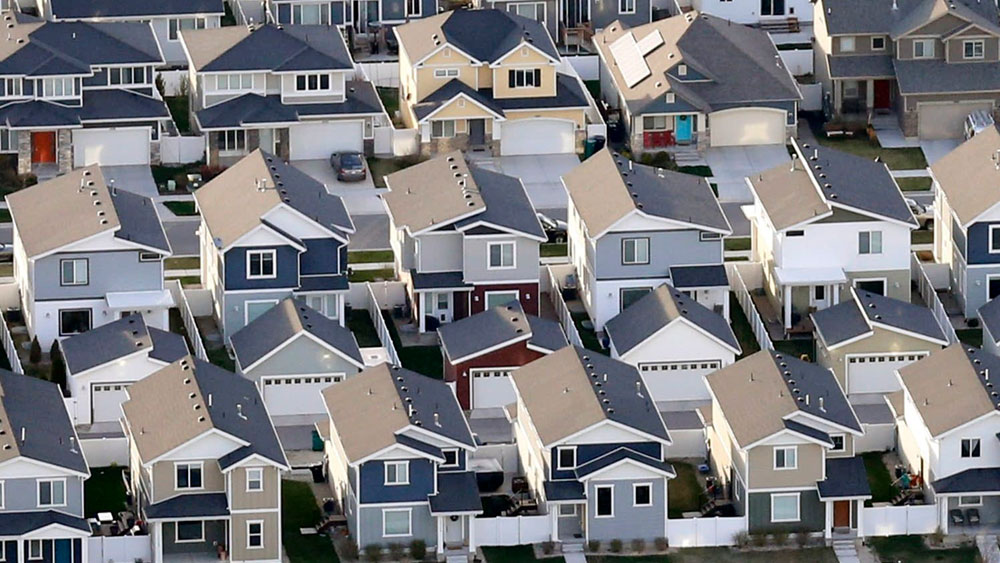
Image Credit: Rick Bowmer
The Carbon Copy Neighborhood
Carbon Copy Neighborhood
ARCHITECTURE | Joshua Aaron | June 03, 2020
ARCHITECTURE | Joshua Aaron
June 03, 2020
Residential architecture has been stagnant for a long time now, especially in the suburbs of the good old US of A. The same cookie cutter neighborhoods we see popping up everywhere lead those who have traveled throughout the country to remark, "Yup, here I am in anywhere USA". Twitter has coined terms for this trend like "Simcityism", "Minecraftsman", and my favorite, "SketchUp contemporary". Unless you find yourself in New York City or Los Angeles, everything looks pretty much the same these days. Houses built to the lowest common denominator without contemplating the surroundings or inhabitants, all in the interest of churning out as many as possible, as quickly as possible, and at the lowest cost. But why have we hit this point? Why has it come down to more of the same in every direction?
The issue of carbon copy housing developments and apartment buildings has crept up as the demand for new housing starts has recovered after the Great Recession. Although demand for the product increased, the price we would pay for these products did not grow at the same rate. Given this restriction, developers have come to learn that by recreating only a few layouts with a limited number of exterior finishes and window variations, they can maximize profit margin (we'll explore how later in this article). The developer then has the experience, plans and resources to create what is virtually the same neighborhood a few miles down the road without the increased expense of paying for new plans, training new subs, or having unused materials.
Developers are known for wanting to pay everyone involved, subcontractors and architects, as little as possible. It's understandable that they want to make a buck, but not on the back of the professionals they are contracting. Whether the house is a 2,000 square foot stick frame bungalow or a 10,000 square foot stone mansion, you will often find the same subs doing the same level of work. The architects are asked to create plans incorporating the least expensive construction methods and materials, and a lack of detail so the contractors can make adjustments in the field where the opportunity to hold back on materials or labor presents itself. The crisis we now face is that craftsmanship, experience and construction standards have been sacrificed in the name of profit. Don't kid yourself. Just because it looks nicer doesn't mean it's built any better.
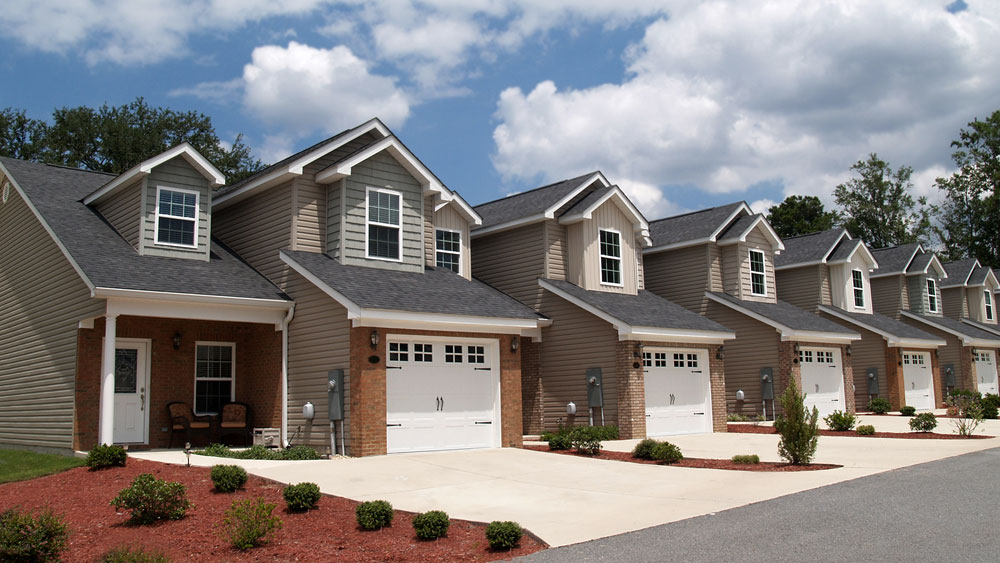
Image Credit: Creative Common License
Being able to purchase hundreds of the same window packages, pallets of brick, and even garage doors, gives the developer a leg up in terms of cost savings. It's no skin off their back that you don't have room to open your car doors once inside the garage, because per code, that garage is big enough to adhere to minimum size standards. The art of designing a home within an HOA is all but lost. HOAs are often established by the developer and later turned over to the community. Therefore, the Declarations of Covenants, Conditions and Restrictions are written with the vision and interest of the developer in mind, not the future residents of the community. So when your HOA says you can't have a red front door, it's not because it won't look good. It's because it didn't originally conform to the materials at the developer's disposal. This, of course, results in street upon street of houses that may slightly vary, but are all obviously built from the same DNA.
The current economic downturn has created a hardship for developers and contractors. Many governments across the country put a halt on existing work, and over 90% of architects have seen their residential projects impacted. The AIA describes the housing sector as having "reversed itself" from demand one year ago. This has created opportunity for buyers to demand the developers go in a new direction. We have the chance to say no to millions more of the same house. We can drive this market to push for creative, original houses within the same development, instead of all the neighbors comparing their small alterations to the same floor plan and being made to feel as if that declared the house "custom".
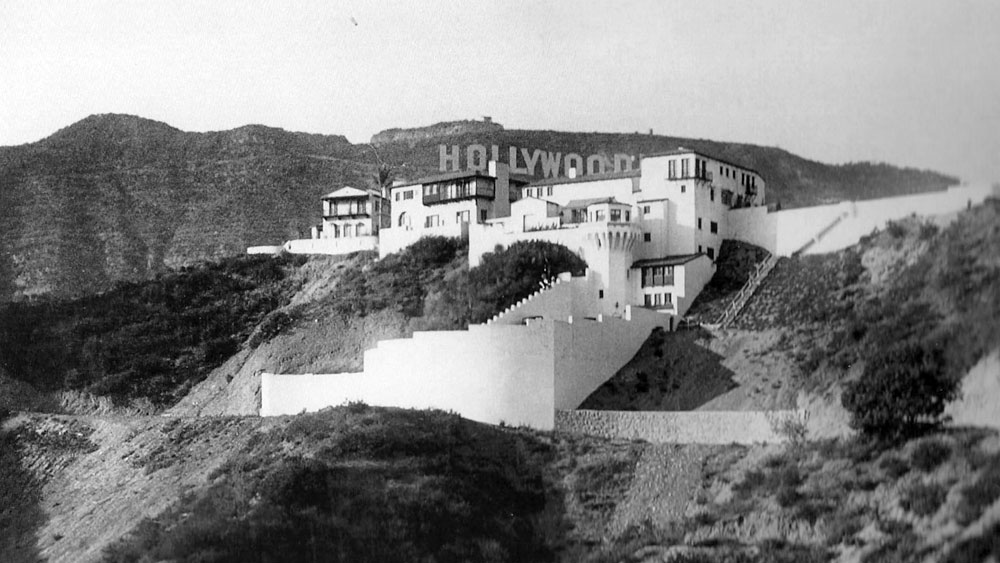
Image Credit: LA Public Library
A prime example of artistic expression of architecture with unique structures in a single community is the celebrated work of John Delario, in Hollywoodland, in the heart of Los Angeles. Delario designed over 30 homes in the famed village, from cozy cottages to large Spanish revivals with winding staircases and terraces. No two houses were the same, yet the eclectic collection gave a unity to the village, and this was all accomplished under the direction of two developers in the 1920s. So yes, a residential developer can build a beautiful community without the cookie cutter catalog of floor plans, but we as a society have to make it a desirable enterprise for them.
Although people tend to gravitate toward the familiar, they also marvel at the unexpected. We, as the clients, purchasers, and families that will thrive within these houses, can drive the demand for original design, but that also means we have to collectively turn our noses up at what has become the norm. We need to turn the tide from the developers telling us what's available, to us telling them where we want to lay our heads at night. If a developer is after your hard earned money, you hold the reins. Look for creativity, diversification, and flexibility. Make it your house, not a variation of your neighbors'.


